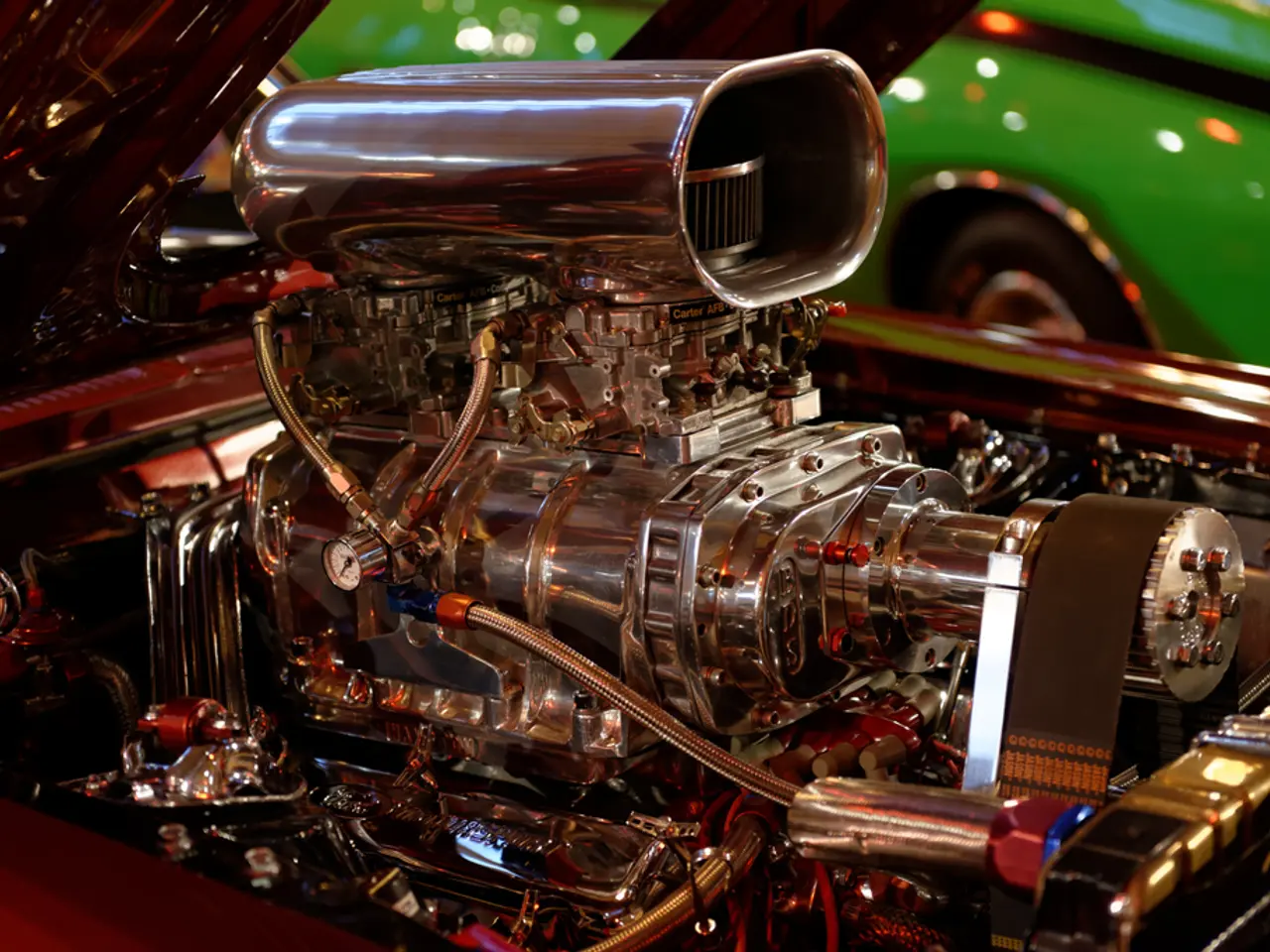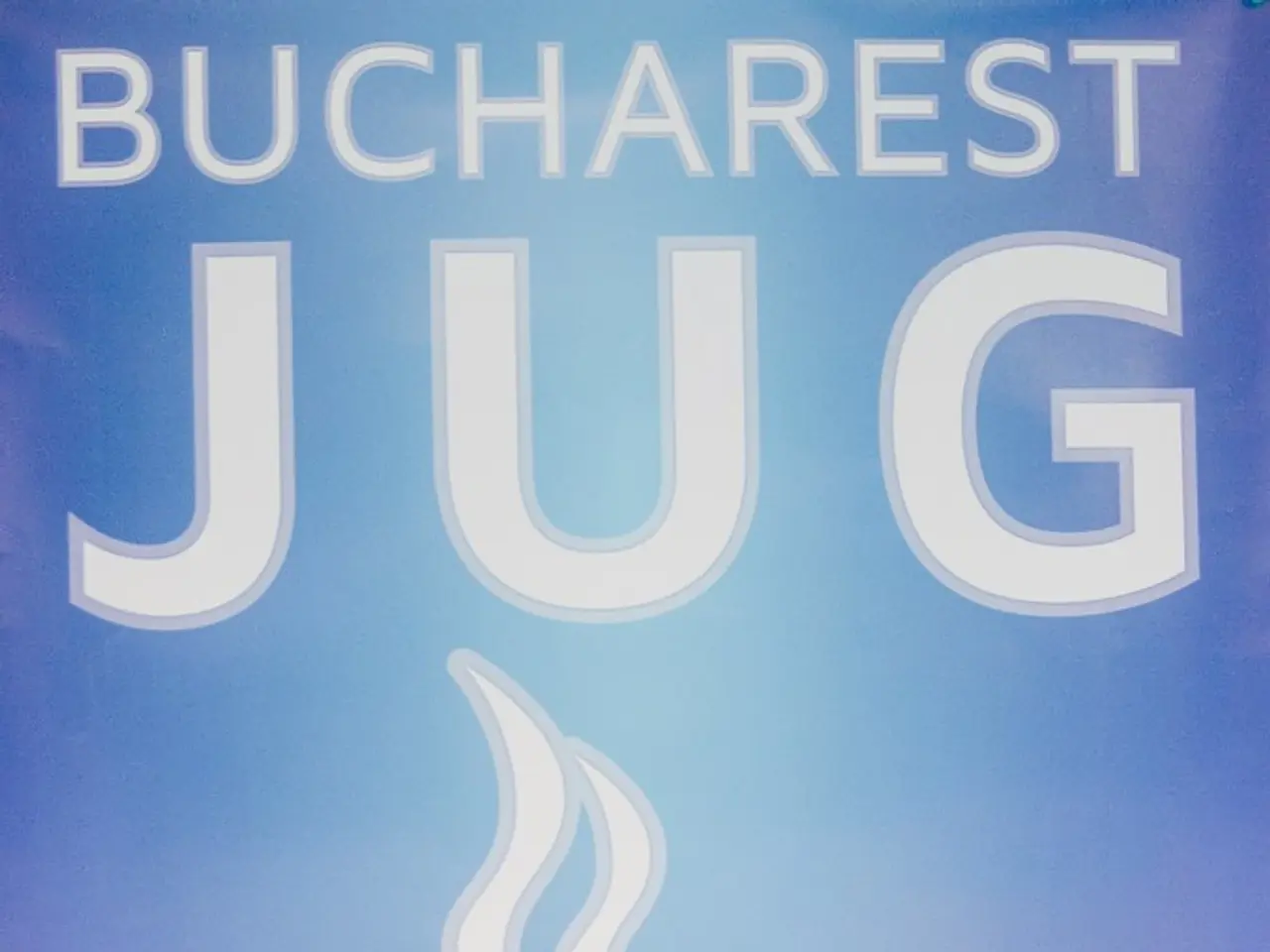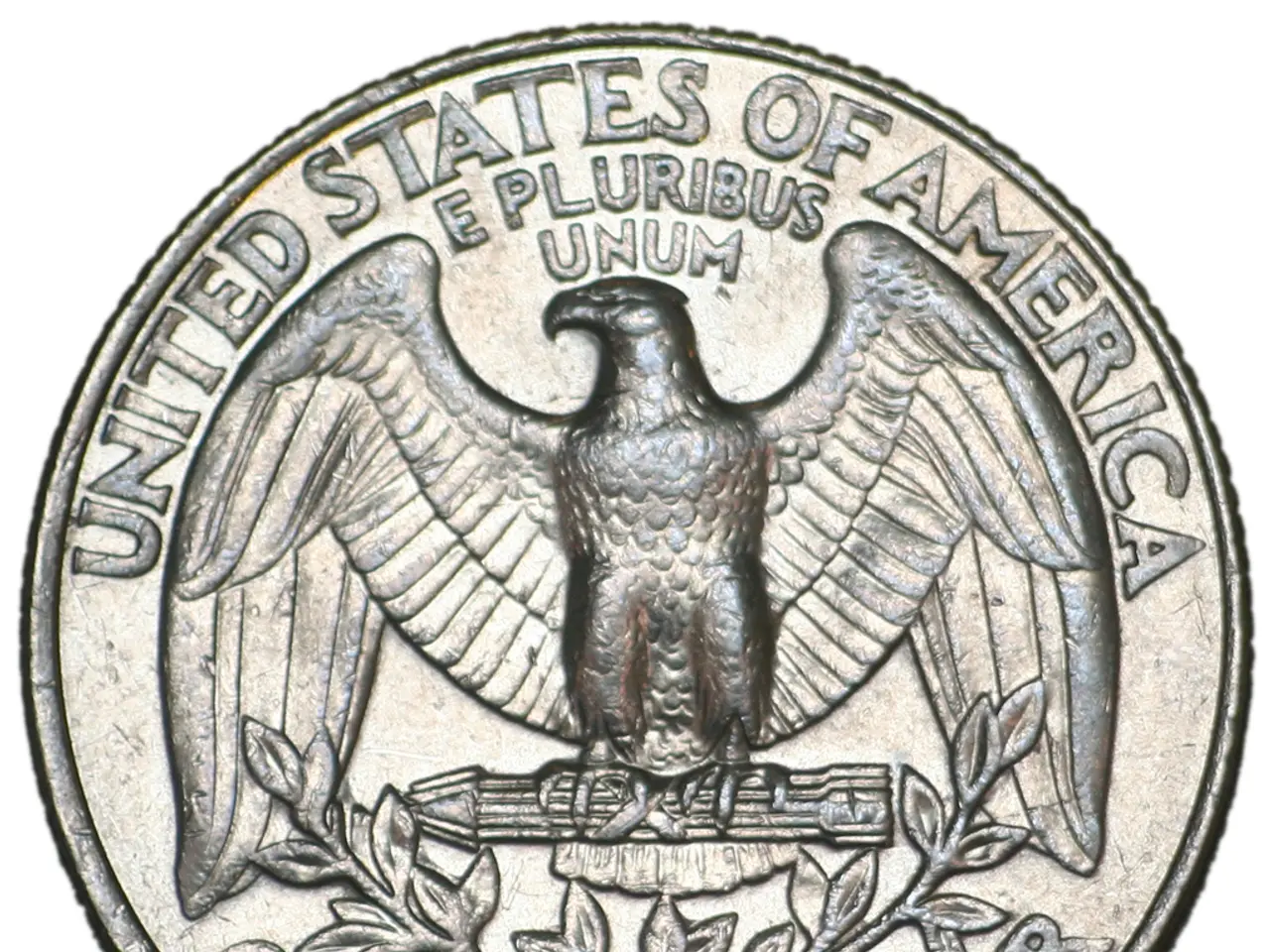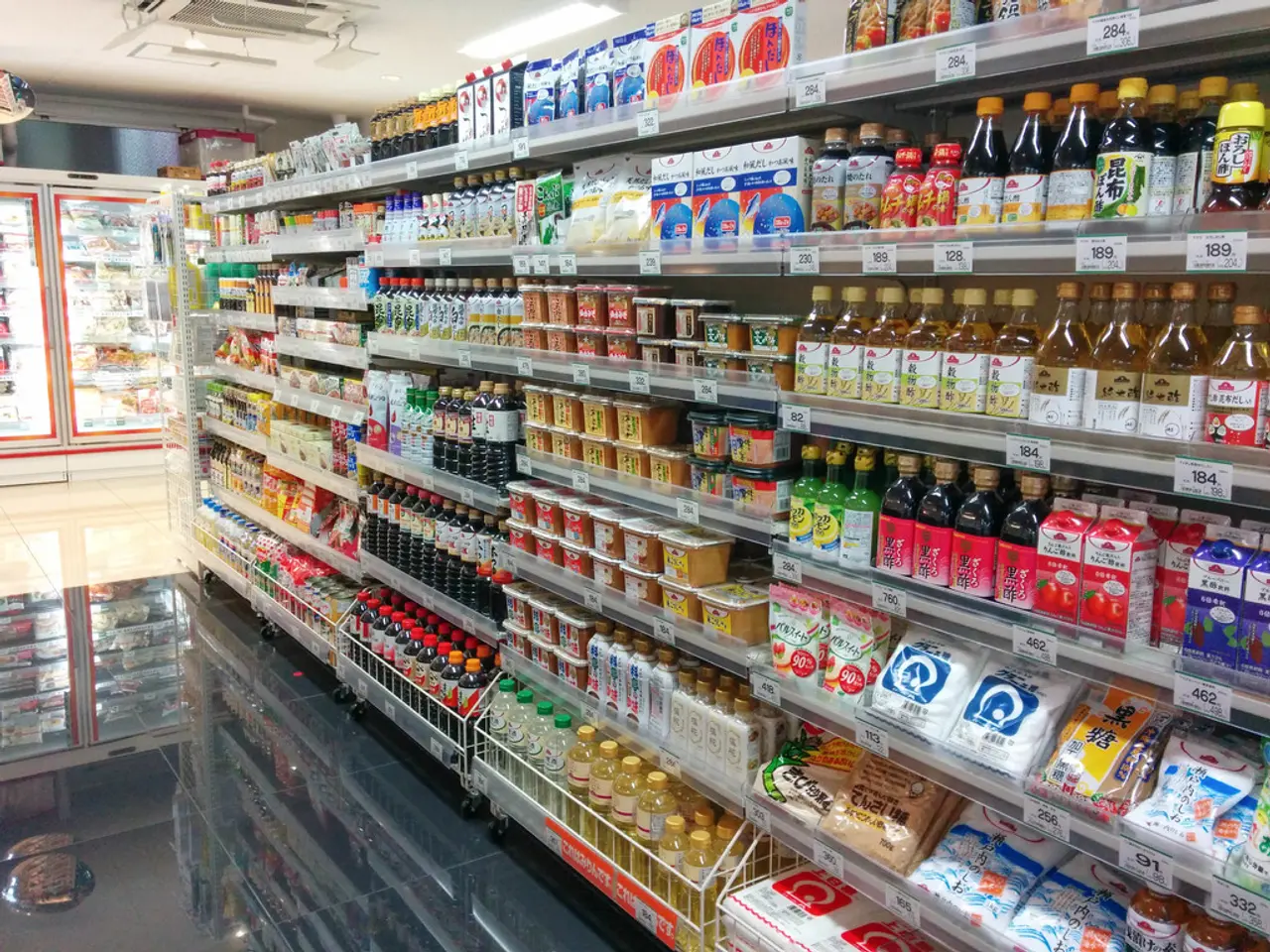Skilled artisan Hideki Kato, renowned for his expert mold polishing techniques, achieving a flawless mirror-like finish.
In the bustling world of automotive manufacturing, the name Hideki Kato stands out as a beacon of traditional craftsmanship meeting modern technology. As a Senior Expert in the Mobility Tooling Division at Toyota Motor Corporation, Kato's expertise in hand-polishing molds for plastic parts has set a new standard, particularly in the creation of paintless bumpers for the Toyota Crown Sport.
Kato's journey began in 1986 when he joined Toyota Motor, where his early years were spent grinding blocks of steel or moving heavy objects with a crane. However, it was his dedication to his craft that led him to master the art of mold polishing. He developed his skills through careful observation of older colleagues and self-study, eventually earning the rank of Master Instructor.
One of Kato's key contributions was the development of paintless bumpers for the Toyota Crown Sport. Working alongside Chihiro Takeshita and Tsubasa Nitta in 2020, Kato pioneered a new polishing technique that eliminated the need for paint, resulting in a mirror-like finish directly from the mold [1][3]. This achievement not only enhanced the aesthetic appeal of the parts but also ensured durability and consistency, maintaining the quality standards required in the automotive industry [1][3].
The innovation did not stop there. Kato and his team developed a multi-stage polishing process involving various abrasive stones, sandpaper, and diamond paste. This process, which took about a year to perfect, included 14 stages—far more complex than the five stages used for regular painted parts [3]. This meticulous process ensures a uniform surface finish, a challenge when working with large parts [2].
The advantages of making large parts paintless are numerous, including a greater reduction in CO2 emissions and costs [2]. However, the process is not without its challenges. Sourcing suitable materials and carrying out the polishing process are difficult, but Kato's outstanding sensitivity and ability to detect surface irregularities of as little as five microns (0.005 mm) ensure each mold is created exactly as the designer intended [1].
For the paintless bumper project, forged molds were used instead of cast molds to achieve a smooth surface finish after machining [1]. Molds are traditionally made by casting or forging steel, which is then machined into the desired shape based on computer data [1].
Kato's work serves as a testament to the value of traditional hand-polishing skills in an era dominated by advanced technology like AI and 3D printing. His dedication demonstrates that human craftsmanship remains essential for achieving certain high-quality finishes [1][3].
In 2016, Kato was temporarily transferred to China to help train personnel for local procurement of plastic molds. Takeshita, who joined Toyota in 2013 and has attained A Level skills, just one rank below Master Instructor, also plays a significant role in this field [4].
In conclusion, Hideki Kato's hand-polishing technique has set a new standard for plastic parts in the automotive industry, combining traditional craftsmanship with modern manufacturing demands. His work showcases the importance of preserving traditional skills while embracing technological advancements, a balance that is crucial in the ever-evolving world of automotive manufacturing.
References: [1] The Asahi Shimbun. (2021, March 1). Toyota's craftsman Hideki Kato polishes plastic parts to perfection. Retrieved from https://www.asahi.com/ajw/articles/14120028 [2] Toyota Global. (n.d.). Toyota's Crown Sport Hybrid: The Future of Sustainable Luxury. Retrieved from https://global.toyota/en/newsroom/toyotanews/31137505.html [3] Toyota Motor Corporation. (n.d.). Toyota Motor Corporation's Mobility Tooling Division. Retrieved from https://global.toyota/en/company/division/tooling/ [4] The Japan Times. (2021, September 22). Toyota's craftsman Hideki Kato polishes plastic parts to perfection. Retrieved from https://www.japantimes.co.jp/news/2021/03/01/national/toyotas-craftsman-hideki-kato-polishes-plastic-parts-to-perfection/
In the realm of Toyota Motor Corporation's Mobility Tooling Division, finance plays a crucial role in funding the research and development of innovative manufacturing techniques, such as Kato's polishing process for paintless bumpers in the automotive industry.
Kato's mastery of hand-polishing molds for plastic parts, a traditional craftsmanship skill, has significant implications for the broader industry, demonstrating the interplay between finance, manufacturing, and creative artistry in driving innovation.




